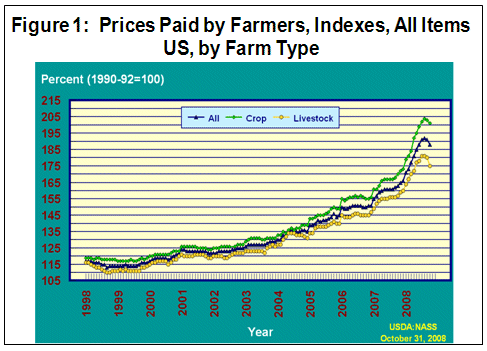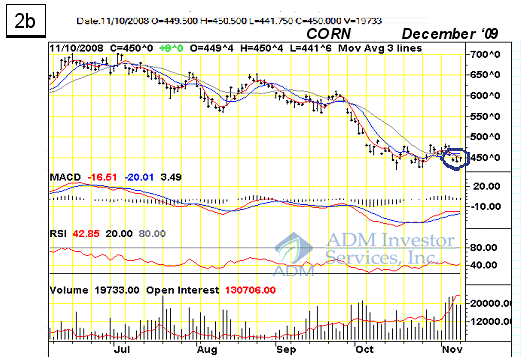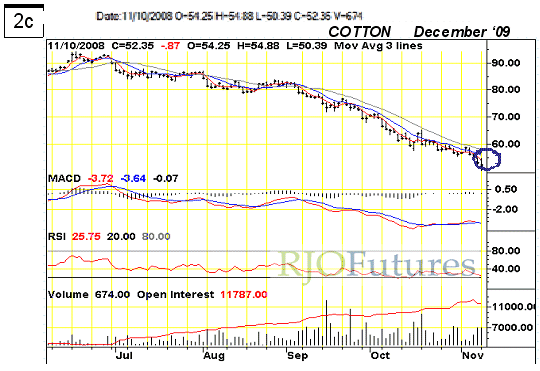AG-ECO NEWS
Vol. 24, Issue 33, November 12, 2008 – PDF version
Jose G. Peña
Texas AgriLife Extension Economist-Management
Weakening Commodity Prices and High Input Cost Will Require Careful Financial Risk Management Planning
After record or near record high prices for many commodities, such as corn, wheat, etc. this past spring/summer, prices have weakened and the current outlook for 2009 indicates much lower market prices. Weakening markets and high production costs will require careful financial planning to manage financial risk in 2009. Input costs in 2008 increased about 20 percent over 2007, but prices for most commodities almost doubled. Commodity prices increased at a higher rate than input costs. Except for a continuing drought in Texas and floods in the Texas lower Rio Grande Valley region which caused losses, net farm income in Texas will improve in 2008 for the second consecutive year.
USDA’s estimates that net U.S. farm income in 2008 is expected to reach a record $95.7 billion. This is up $3.4 billion from USDA’s initial estimate of $92.3 billion in February 2008 and up $8.9 billion (10.3%) from $86.8 billion in net income in 2007.
The outlook into 2009 at this time is very uncertain. While input costs have decreased about 1.5 percent (See Figure 1) from 2008’s record highs, the commodity price outlook into 2009 indicates that prices for most commodities are down 30-40 percent from 2008. For example, December ’08 corn futures prices traded at about $7.90/bu. in mid-July 2008 during the harvest in Texas, compared to the corn price outlook into 2009 with December ’09 corn futures prices trading at about $4.50/bu.
Markets Neutral to Weak
USDA’s November 10, 2008 World Agricultural Supply and Demand Estimate Report had no big surprises for grains. The report came in line with most analysts’ estimates and will be viewed by the markets as neutral to bullish.
Wheat futures in Kansas City Board of Trade (KCBT) were off on the report release day. The Dec. ’08 contract closed at $5.63/bu, down 5.0 cents/bu from last Friday and 34.0 cents/bu lower than the week before. July ’09 wheat futures were down 6.0 cents/bu at $5.97/bu and 47.0 cents/bu lower than $6.44/bu on November 4, 2008 (See Figure 2a). July futures prices have a large influence on cash wheat prices in Texas. USDA reduced the estimate of domestic use by two million bushels and raised ending stocks by that same amount. Other estimates were left unchanged. Increasing global stocks are pressuring prices.
Corn futures prices on the Chicago Board of Trade (CBOT) were up on Monday (11.10.08). The Dec. ’08 contract closed at $3.83/bu; up 8.0 cents/bu from Friday but 19.75 cents/bu lower than this time last week. Dec. ’09 corn futures (See Figure 2b), which helps set corn prices in Texas, closed at $4.50/bu, up 9.0 cents/bu from Friday but 27 cents/bu lower than last Tuesday and down from over $7.00/bu from early July ‘08. USDA’s November 10, 2008 supply and demand report was generally neutral to corn. U.S. corn production was lowered 13 million bushels to 12.02 billion bushels based on a 153.8 bu/ac yield, 0.10 bu/ac lower than the last report. Exports were lowered another 50 million bushels from USDA’s revised report to 1.9 billion bushels. As a result ending stocks were increased 36 million bushels to 1.124 billion bushels. 


